The keyword longest six in cricket history excites every cricket fan because it connects power, timing, and unforgettable moments. A six is more than just runs on the scoreboard; it is a statement of dominance. Over the years, many legendary cricketers have entertained fans by smashing the ball out of the park, but some sixes are remembered for their extraordinary distance. In this article, we will explore the longest sixes ever hit, the players behind them, and how six-hitting has become an essential part of cricket’s entertainment factor.
Longest six in cricket history
The Magic of Six-Hitting
Six-hitting is one of the most thrilling parts of cricket. Fans jump from their seats when the ball sails over the boundary. However, not all sixes are the same. Some just clear the ropes, while others travel into the stands or even out of the stadium. The longest sixes are rare and require immense strength, perfect timing, and favorable conditions. With modern bats, power-hitters have pushed the limits of what was once thought impossible.
Shahid Afridi’s Iconic 153-Meter Six
When we talk about the longest six in cricket history, Shahid Afridi’s 153-meter strike against South Africa in 2013 often comes to mind. Known as “Boom Boom Afridi,” he was famous for his fearless approach and natural hitting ability. This gigantic six not only stunned fans but also highlighted how raw power could change a match. Although there are debates about the accuracy of the measured distance, Afridi’s six remains one of the most celebrated moments in cricket.
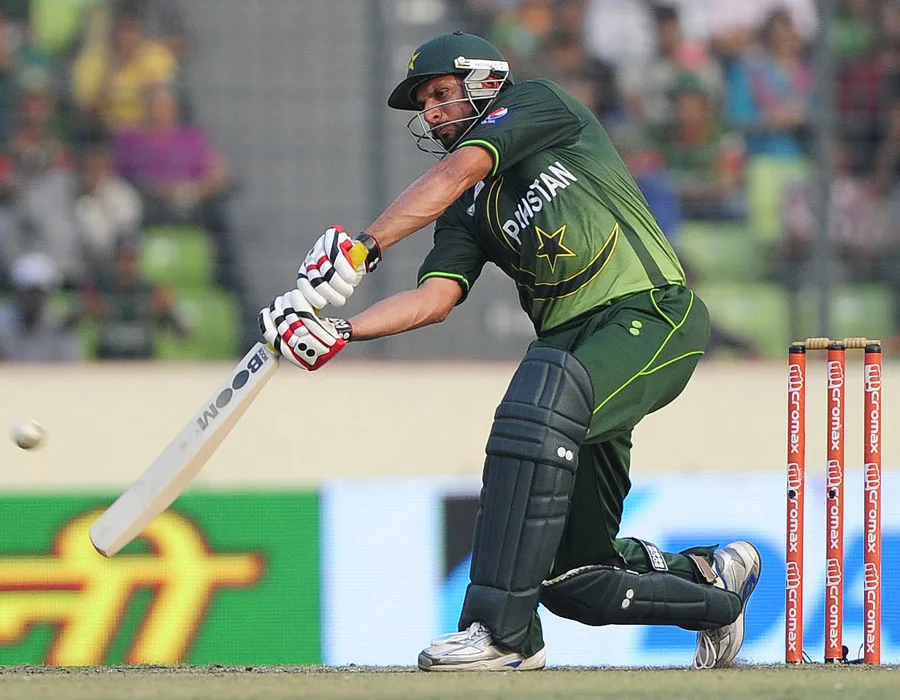
Longest six in cricket history
Brett Lee’s Massive 130-Meter Six
Surprisingly, not only batsmen but also bowlers have made their mark in six-hitting history. Australian fast bowler Brett Lee shocked everyone during a Test match in 2005 when he launched a delivery for a 130-meter six at the Gabba. Known for his fiery pace, Lee proved that even tail-enders can create magical moments with the bat. His six continues to be one of the longest officially recorded hits in cricket.
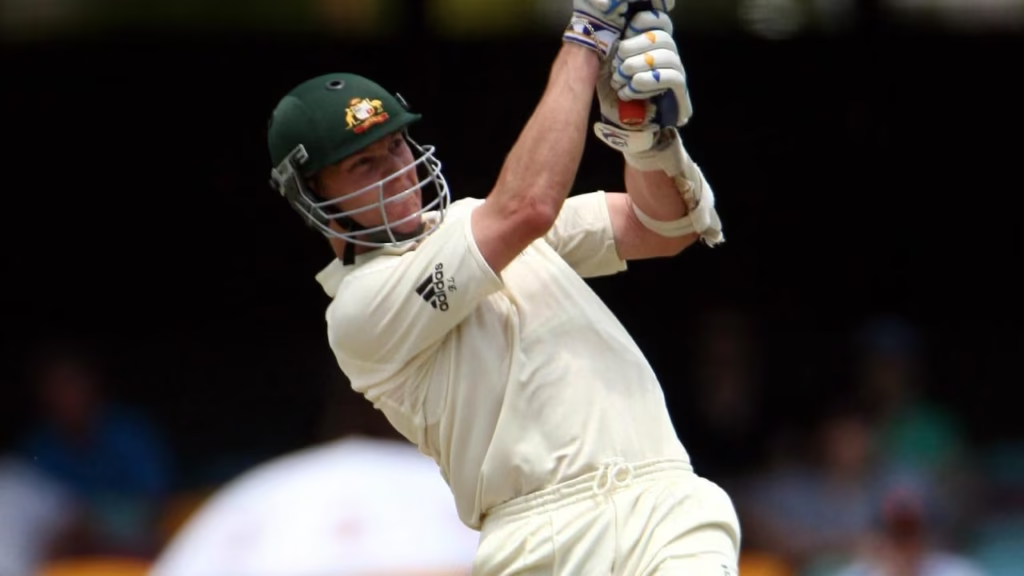
Martin Guptill’s Towering 127-Meter Six
New Zealand’s Martin Guptill is another name that often appears in the list of big hitters. In 2012, he struck a massive 127-meter six against South Africa. Guptill’s ability to combine timing with power has made him one of the most dangerous openers in limited-overs cricket. This shot reflected his natural hitting style and cemented his reputation as a clean striker of the ball.
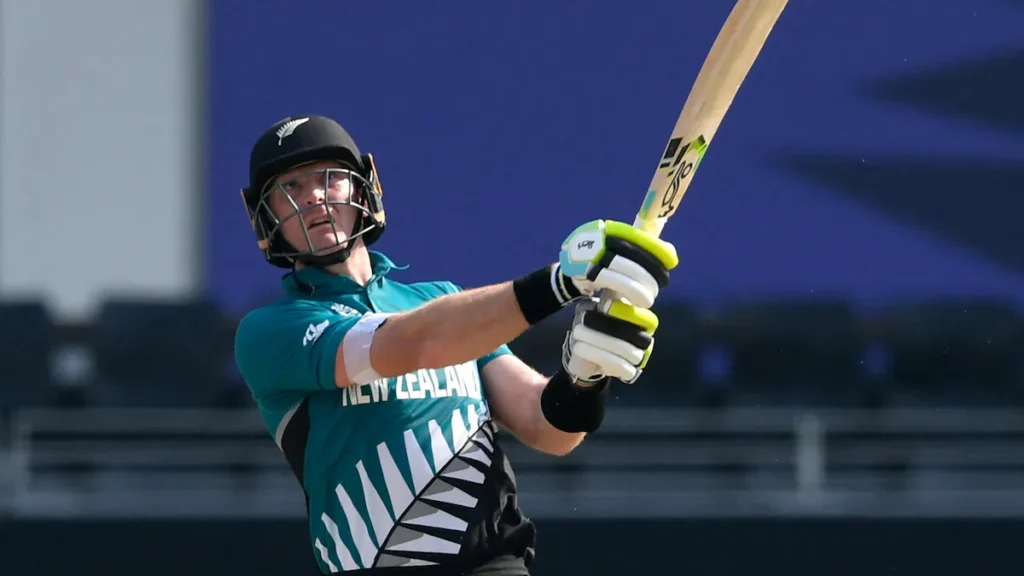
Longest six in cricket history
Chris Gayle – The Universal Boss of Sixes
When discussing long sixes, we cannot ignore Chris Gayle, also known as the “Universe Boss.” With unmatched strength, Gayle has hit countless sixes in T20 leagues and international cricket. One of his longest sixes traveled over 119 meters, showcasing his ability to clear any ground in the world. Gayle’s consistency in power-hitting has changed the way batsmen approach modern cricket, making him a true icon of six-hitting.
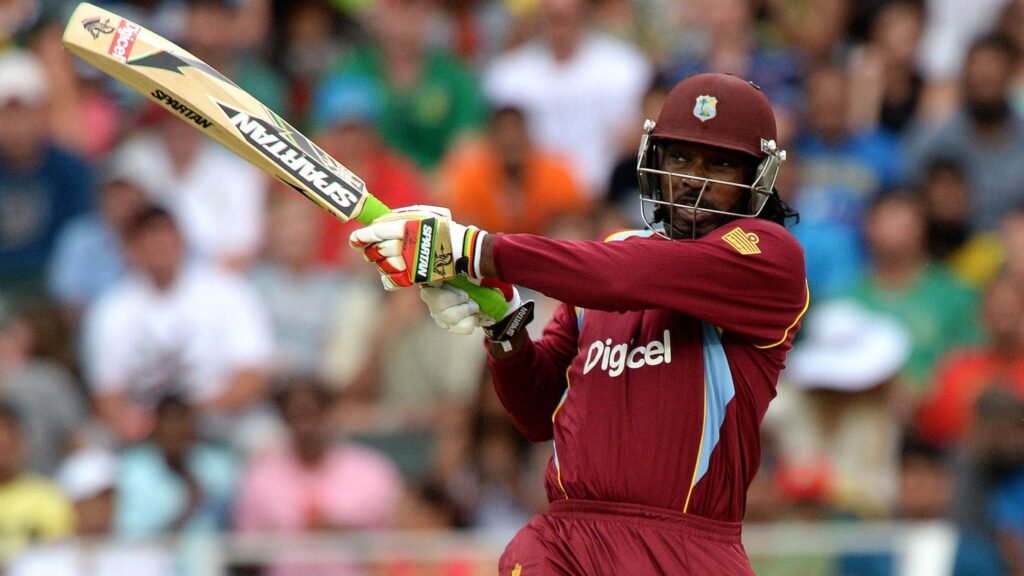
Corey Anderson’s 122-Meter Blast
Another New Zealander, Corey Anderson, made headlines with a 122-meter six during an ODI against India in 2014. Known for his explosive batting, Anderson’s six highlighted how modern batsmen are capable of sending the ball deep into the stands. His ability to accelerate the innings with such powerful shots made him a dangerous player in limited-overs formats.
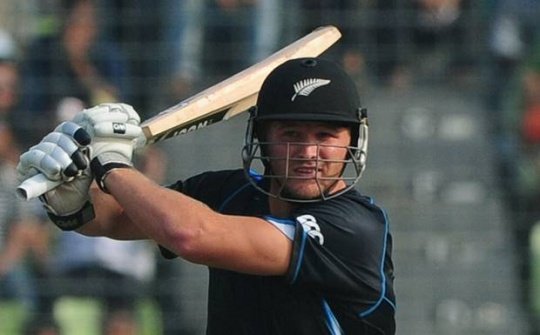
MS Dhoni’s Classic Helicopter Six
Former Indian captain MS Dhoni was not only known for his calm leadership but also for his finishing ability. One of his most famous sixes measured around 112 meters, achieved using his trademark “helicopter shot.” While not the longest six in cricket history, Dhoni’s technique and power made his sixes legendary. His iconic World Cup-winning six in 2011 will forever be etched in cricket history, proving that distance is not the only factor that makes a six unforgettable.
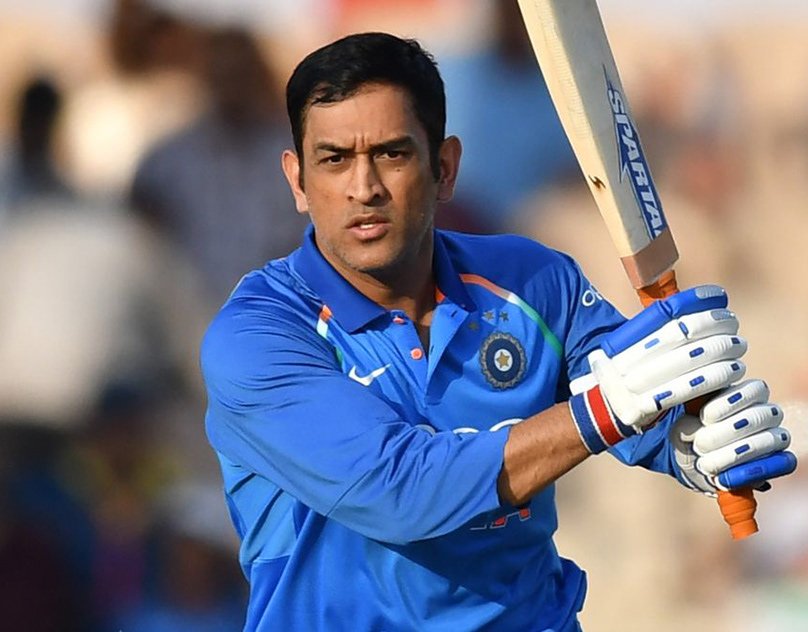
Longest six in cricket history
Evolution of Six-Hitting in Modern Cricket
In earlier times, six-hitting was considered a rare skill. Most batsmen relied on ground shots to build innings. However, the introduction of T20 cricket, better bats, and smaller grounds have transformed the game. Now, six-hitting is an expected part of every match. Players like Andre Russell, Glenn Maxwell, and Rohit Sharma consistently deliver big sixes, thrilling fans across the globe. The culture of aggressive batting has redefined cricket’s entertainment value.
Factors Behind Long Sixes
Several elements influence the distance of a six:
- Bat Speed: Faster bat speed generates more power.
- Bat Technology: Modern bats are lighter yet more powerful.
- Timing: Pure timing can send the ball soaring, even without brute strength.
- Ground and Wind Conditions: A favorable breeze or altitude can help the ball travel farther.
- Player Fitness: Stronger players with core strength and balance are more likely to hit long sixes.
Longest six in cricket history
Unforgettable Sixes That Changed Matches
Some sixes are remembered not just for their distance but for their impact on the game. For example, Carlos Brathwaite’s four consecutive sixes in the 2016 T20 World Cup final against England turned the match in West Indies’ favor. Although not the longest, they remain among the most iconic sixes in history. This shows that the thrill of six-hitting goes beyond just distance—it is about timing, pressure, and game-changing moments.
Conclusion
The search for the longest six in cricket history continues to fascinate fans. From Afridi’s monstrous 153-meter hit to Gayle’s effortless power, these moments are more than statistics; they are memories that define cricket’s excitement. With the rise of T20 leagues and modern equipment, we will likely see even bigger sixes in the future. Ultimately, the longest six is not just about numbers—it is about the roar of the crowd, the surprise of the bowler, and the unforgettable joy it brings to cricket lovers worldwide.
Leave a Reply